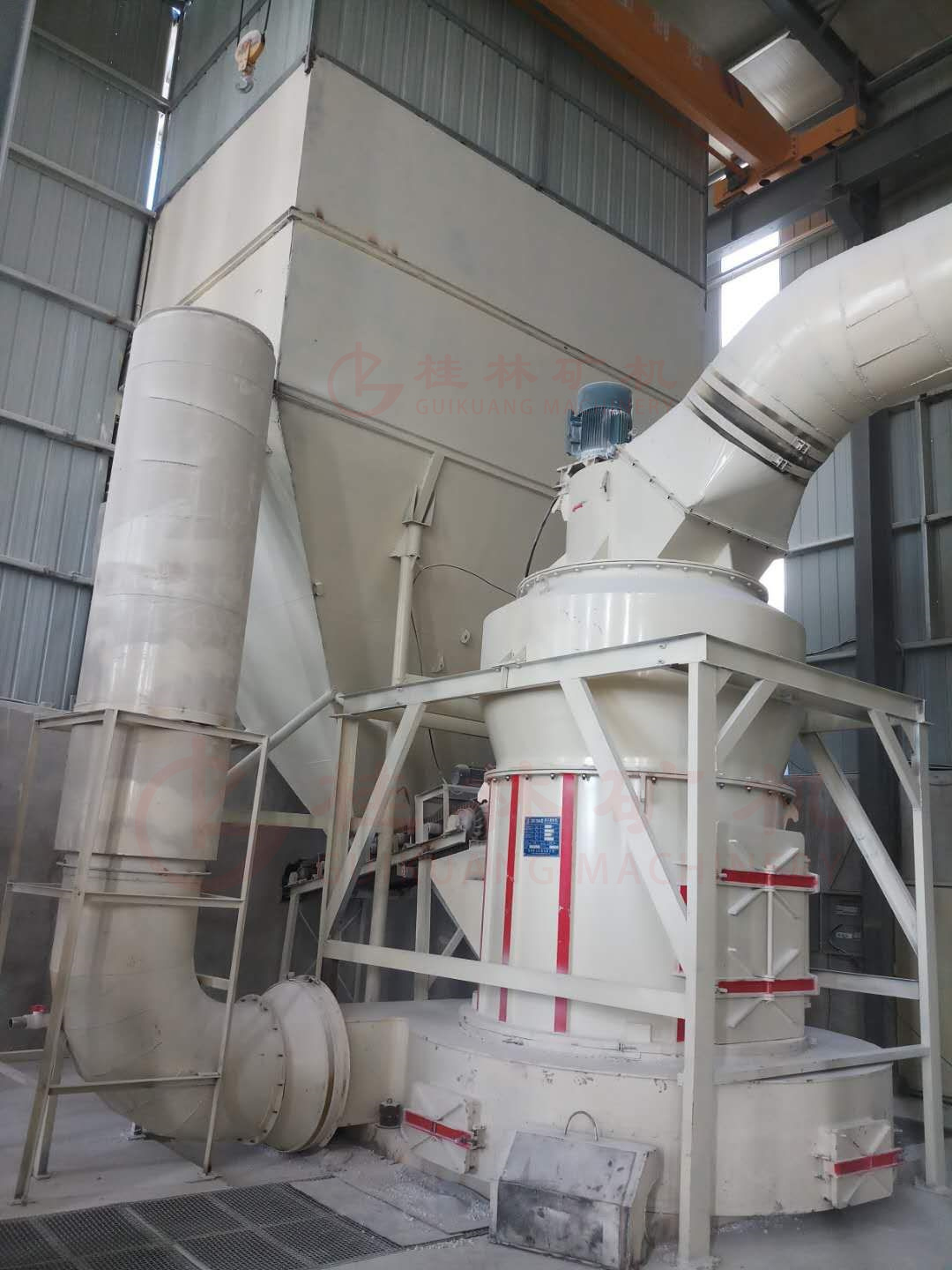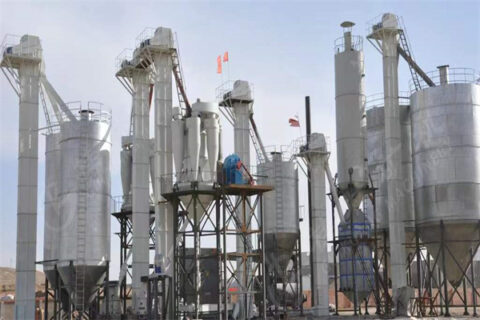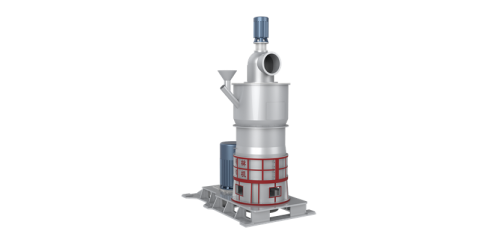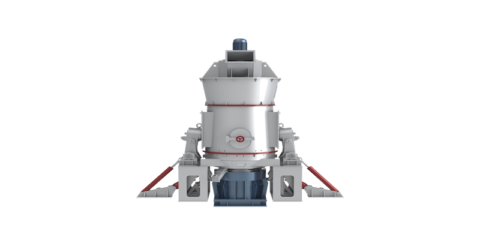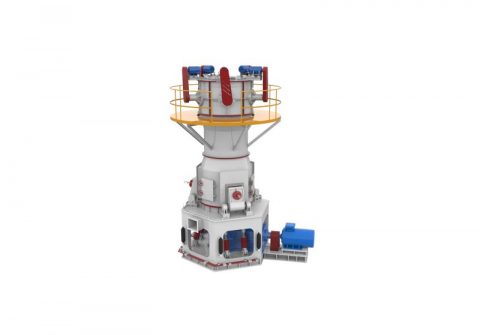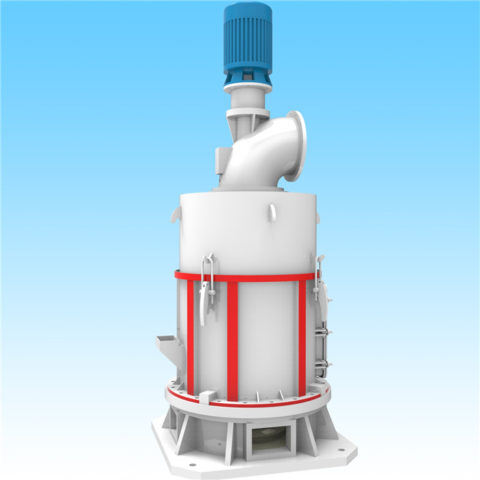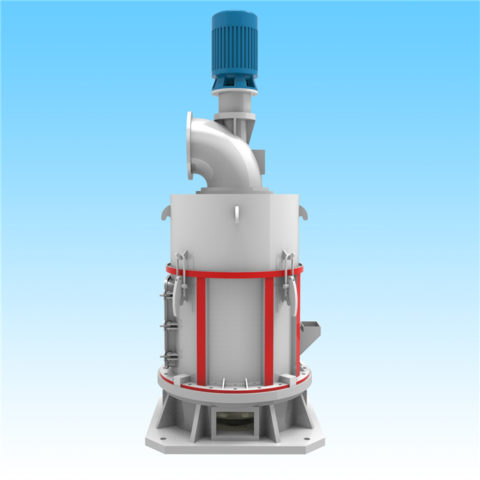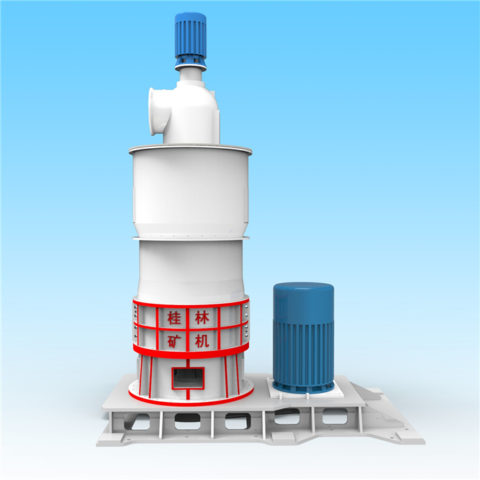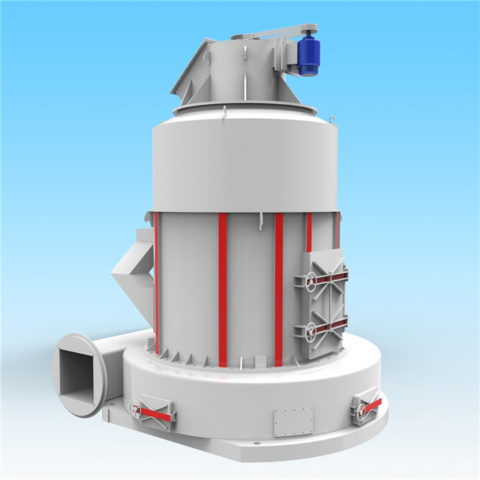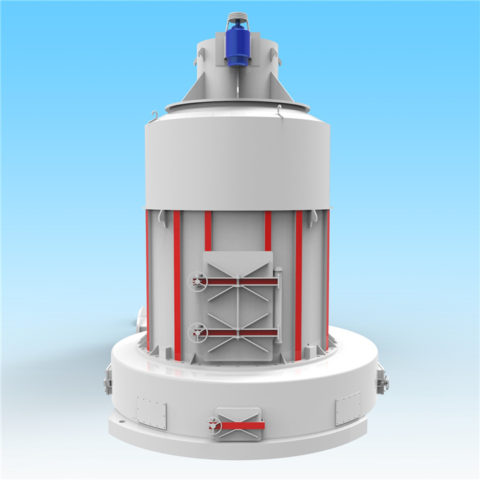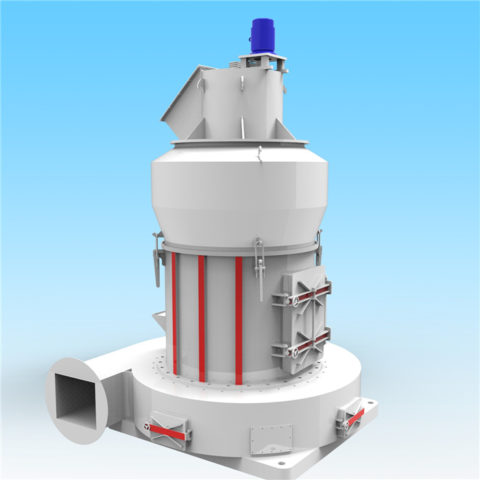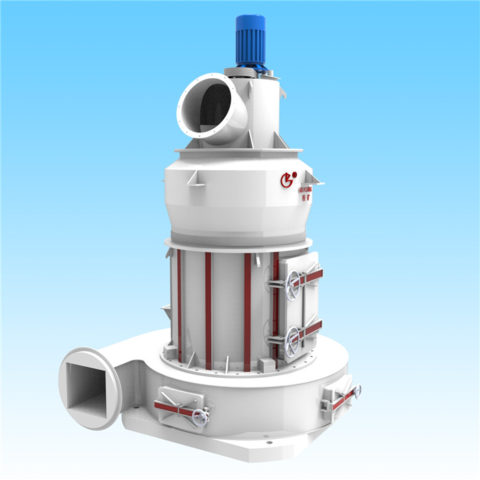1. Foundation Preparation
The installation begins with robust foundation construction. A reinforced concrete base with flatness tolerance ≤0.2mm is required to ensure stability, accompanied by pre-embedded cable trenches and shock-absorbing pads to minimize vibration transmission during operation.
2. Main Machine Assembly
Host Installation: The main Raymond mill unit is hoisted and positioned using precision lifting equipment. Critical components, such as grinding rollers and rings (made of high-strength wear-resistant materials), are installed with horizontal alignment adjustments to ensure parallelism. The coaxiality error between the transmission shaft and the coupling must be controlled within <0.2mm.
Classification System: The built-in turbo classifier, optimized for precise particle size regulation (80–325 mesh), is integrated with the host using fast-lock mechanisms to enhance structural integrity and classification accuracy.
3. Pipeline and Sealing
All pipeline connections (e.g., feed inlet, air ducts, and dust collection systems) are sealed with asbestos rope or high-temperature silicone to prevent air leakage. This ensures efficient powder collection (≥99.9%) and minimizes environmental dust emissions (<20mg/m³).
4. Electrical System Integration
Centralized electrical control panels are installed to coordinate the crusher, blower, classifier, and packaging modules. Pre-startup checks include verifying bolt tightness, lubrication status, and motor phase sequences to prevent operational failures.
Variable frequency drives (VFDs) are configured for adjustable host and classifier speeds, enabling flexible production of 1-30 t/h output across materials like limestone and bauxite.
5. Commissioning and Trial Run
Dry Testing: Conduct a 2-4 hour no-load operation to monitor bearing temperature rise (≤35°C) and vibration levels. Adjust the classifier rotor speed to verify particle size consistency (e.g., 325-mesh limestone powder).
Performance Validation: Test runs with actual materials (moisture ≤10%) validate throughput, energy consumption (30% lower than traditional mills), and compliance with green production standards.
6. Post-Installation Maintenance
Regular inspections of grinding rolls, rings, and lubrication systems are mandatory. The patented quick-replacement design for wear parts (e.g., grinding rings) reduces downtime, while pulse dust collectors and heat-recycling systems ensure sustained efficiency.
Key Advantages:
Customization: Modular design supports tailored configurations for specific capacity and fineness requirements.
Eco-Friendly: Low noise (<85dB) and high dust collection efficiency align with industrial environmental regulations.
This installation protocol ensures the Raymond mill achieves optimal performance in non-metallic mineral processing applications, combining durability, precision, and sustainability.
